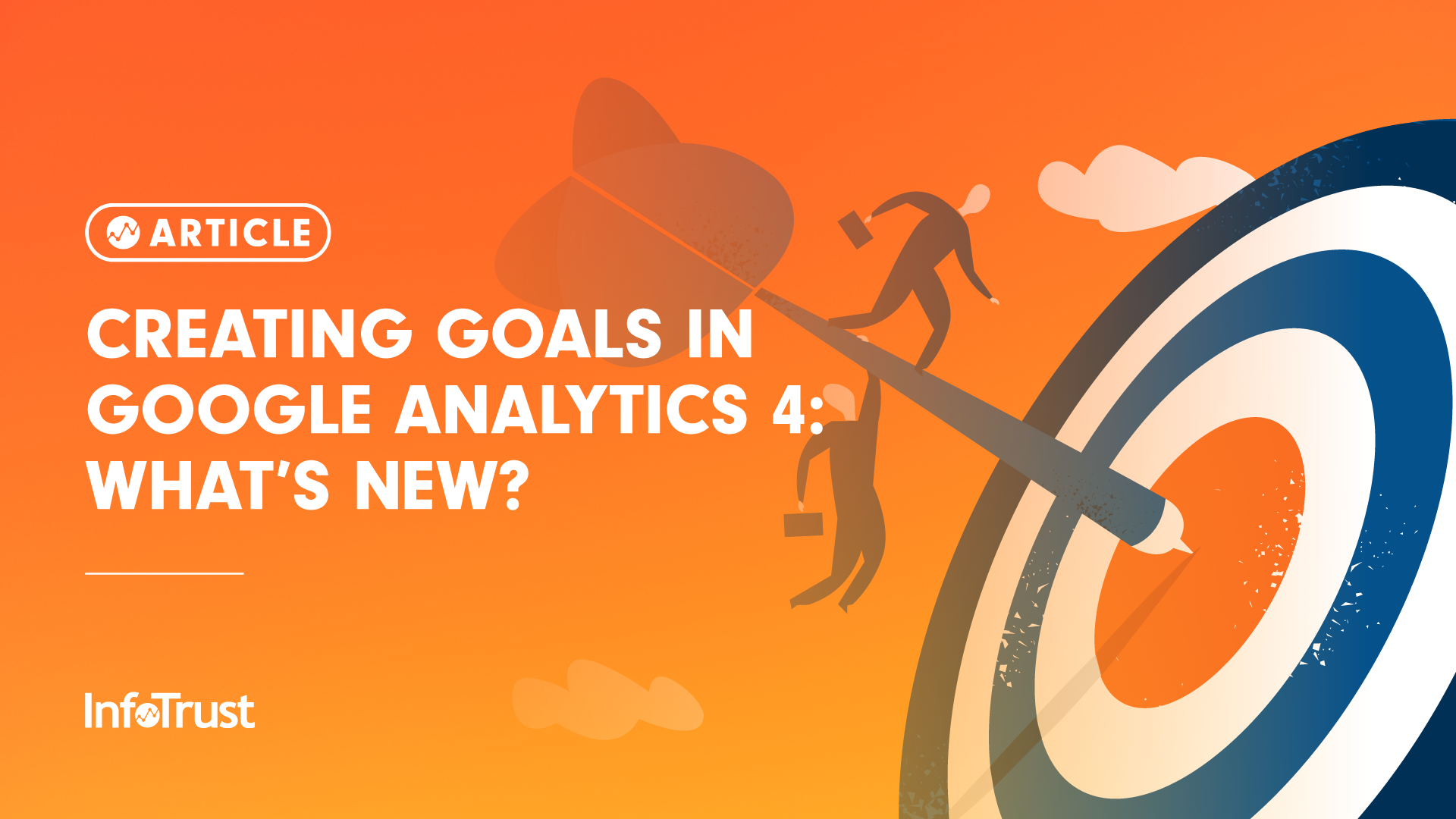Unveiling the Blind Destinations: Understanding What Google Analytics Goals Can not Gauge
In the world of electronic analytics, Google Analytics stands as an effective device for monitoring and evaluating on the internet individual interactions. Recognizing what Google Analytics objectives can not measure is important for acquiring a detailed sight of individual behavior and involvement.
User Habits on External Operatings Systems
Recognizing just how customers connect on exterior systems is critical for maximizing online techniques. Exterior systems, such as social media sites networks, referral sites, and online forums, play a substantial role in driving website traffic to a business's web site. By examining user behavior on these platforms, businesses can gain valuable insights into the performance of their marketing initiatives and the choices of their target audience.
One trick facet of user habits on external systems is the referral resource. By tracking where the users are originating from, organizations can determine which systems are driving one of the most traffic to their internet site. This details can aid firms allot their sources better, concentrating on the systems that yield the very best outcomes.

Offline Interactions and conversions
Assessing customer behavior on external systems offers valuable insights into on-line methods; nevertheless, considering offline conversions and interactions is equally important for a comprehensive understanding of a firm's overall performance. While Google Analytics excels at tracking on-line interactions, it drops short in recording the total consumer journey that typically includes offline touchpoints. Offline conversions, such as in-store acquisitions or phone inquiries, play a considerable role in many services' success. Ignoring these communications can result in an altered view of the efficiency of marketing projects and overall business efficiency.

Attribution Beyond Last Click
When diving into the realm of electronic marketing analytics, it comes to be necessary to look past the solitary touchpoint of the last click for a more comprehensive understanding of acknowledgment. While Google Analytics supplies beneficial insights into individual actions, depending exclusively on last-click acknowledgment can be limiting - what data is google analytics goals unable to track. Attribution versions that surpass the last click use a more nuanced view of the client journey, thinking about all the touchpoints that bring about a conversion
Attribution beyond the last click enables marketing professionals to designate credit report to various interactions along the conversion course, providing a more clear image of the performance of various advertising networks. By discovering multi-touch acknowledgment models such as direct, time degeneration, or position-based acknowledgment, companies can better allocate their marketing budgets and maximize their techniques for optimal effect.
Recognizing the impact of each touchpoint in the conversion process is crucial for making informed choices and taking full advantage of ROI. By accepting acknowledgment beyond the last click, services can obtain much deeper insights into client actions and customize their advertising initiatives a lot more properly.
Cross-Device and Cross-Browser Monitoring

In a similar way, cross-browser tracking matches cross-device tracking by catching individual behavior as they switch in between different internet internet browsers. Recognizing exactly how customers interact with web sites on different web browsers can aid online marketers optimize their on-line experiences to guarantee consistency and performance throughout various systems.
Qualitative Data and Individual Intent
Recognizing user intent with qualitative data evaluation is critical for creating targeted digital marketing methods that resonate with the needs and choices of the target audience. Qualitative data gives insights into the 'why' behind individual activities, dropping light on motivations, feelings, and choices that measurable data alone can not record. By examining individual responses, remarks, and communications, marketing professionals can uncover valuable details concerning user intent, permitting them to customize their messaging, web content, and offerings to better line up with what their audience is looking for.
Qualitative data additionally helps in recognizing the context in which users engage with an internet site or application. This contextual understanding allows online marketers to produce even more tailored and relevant experiences, ultimately driving higher interaction and conversion prices. By diving into user intent through qualitative data analysis, services can obtain a much deeper understanding of their target audience, leading to much more effective marketing approaches that satisfy customers' assumptions and needs.
Verdict
To conclude, Google Analytics objectives have limitations in determining user actions on exterior systems, offline conversions, acknowledgment past last click, cross-browser and cross-device tracking, and qualitative data associated with individual her response intent. what data is google analytics goals unable to track. It is crucial for companies check my source to be familiar with these dead spots in order to supplement their data evaluation with other devices and approaches to obtain a more extensive understanding of their audience and enhance their general electronic marketing strategies
By evaluating individual behavior on these systems, services can gain useful insights right into the efficiency of their advertising and marketing efforts and the choices of their target audience.
Assessing user actions on outside platforms gives useful insights into on-line strategies; however, considering offline conversions and communications is just as important for a comprehensive understanding of a firm's general efficiency.In digital marketing analytics, moving past last-click attribution to discover cross-device and cross-browser tracking is essential for obtaining a holistic understanding of individual interactions across various systems and tools. By evaluating customer comments, remarks, and communications, marketing experts can discover important info concerning user intent, enabling them to tailor their messaging, web content, and offerings to better straighten with what their audience is looking for.
By delving right into individual intent via qualitative information analysis, businesses can get a much deeper understanding of their target audience, leading to a lot more efficient advertising approaches that meet individuals' assumptions and needs.